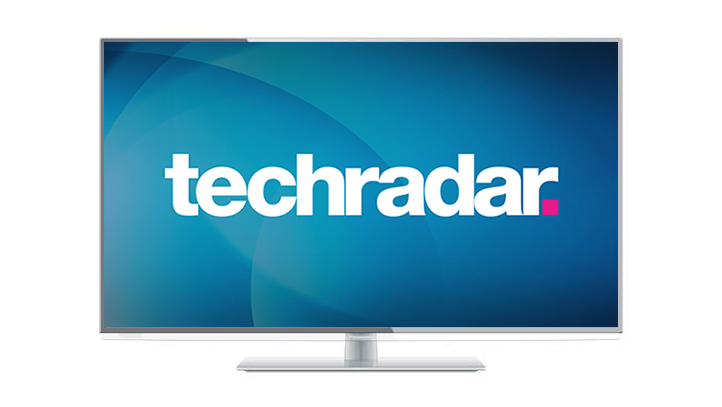Why you can trust TechRadar
Right from the start the Panasonic TX-L42E6B sets a winning tone with its pictures, delivering a level of dynamism and engaging naturalism that's pretty rare for a mid-range TV.
The main reason for this is its black level response. The TV is able to deliver dark scenes with markedly less of the 'greying over' problem still pretty common on all but the most expensive LCD TVs. This enables it to deliver such scenes with much more instant authenticity.
Good black levels tend to be associated with good colour palettes too, and so it proves with the Panasonic TX-L42E6B. Even during dark scenes, colours - after a little tweaking via the available colour toolset - manage to combine impressively natural tones with good levels of blend subtlety and plenty of the rich, vibrant saturations that have become LED's trademark.
To get the richest black level response you do have to sacrifice brightness - or rather, backlight - from the image. This can lead to a little shadow detail in the very darkest parts of the picture falling by the wayside. But this is hardly a rare phenomenon in the LCD TV world, and in fact the amount of shadow detail lost in the effort to produce a convincing black colour isn't heavy at all by mid-range LCD standards.
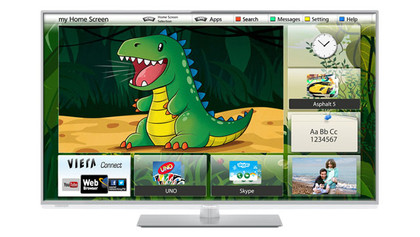
Watching scenes that combine predominantly dark images with some very bright elements - such as the opening black and white scenes of the modern Casino Royale - reveal another strength of the Panasonic TX-L42E6B's contrast performance: good backlight uniformity.
In other words, dark scenes largely avoid the blobs of extra light that pollute the rendering of dark scenes on so many edge LED TVs. Especially edge LED TVs with really skinny frames, like this one.
Before we move on from the Panasonic TX-L42E6B's contrast performance, it's worth adding that this TV actually produces better black levels than Panasonic's step-up ET60 models, including the TX-L47ET60.
The reason for this, we suspect, is that the ET60 series uses IPS panels rather than the VA ones used in the Panasonic TX-L42E6B, and IPS models have consistently struggled to rival VA technology when it comes to black level response.
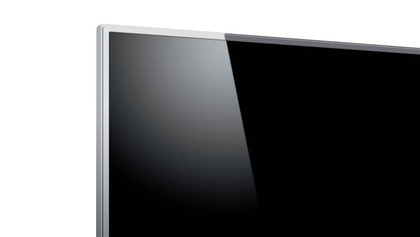
The Panasonic TX-L42E6B's HD pictures are reasonably sharp, too. Not as sharp, it has to be said, as those of one or two rivals - most notably the two big Korean brands, Samsung and LG.
However, Panasonic's approach to sharpness is arguably more natural, avoiding the rather noisy appearance some HD images display using the Korean brands' picture presets.
This sensible rather than explosive approach to sharpness is evident with standard definition pictures, too. Such content is certainly made to look more detailed in its 'transfer' to the Panasonic TX-L42E6B's native Full HD pixel count, but only so far as it's possible to add detail without exaggerating or contributing to the amount of noise the resulting upscaled images contain.
Standard definition viewing does highlight a small problem we'd slightly noticed with HD: a little loss of resolution over moving objects. Also, colours with standard definition pictures look a little less well balanced and natural than they do with HD footage.
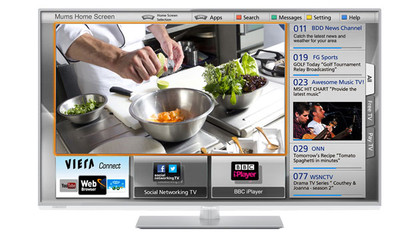
But both these problems are common in the LCD world, and generally appear to a stronger degree on rival models at the Panasonic TX-L42E6B's price point.
One final negative is that the Panasonic TX-L42E6B loses colour and contrast if viewed from an angle of more than around 35 degrees.
This is a universal problem with LCD TVs that use the normal VA panel design, so if your room layout routinely requires members of your family to have to watch from a wide angle, you might be better off with Panasonic's ET60 series, which uses IPS panel designs to deliver a wider viewing angle. Though as discussed earlier, the Panasonic TX-L47ET60 struggles to deliver as much black level depth as the Panasonic TX-L42E6B.
The various small problems described over the past few paragraphs could potentially be avoided if you spend more on a TV. But for a mid-range 42-inch TV none of the Panasonic TX-L42E6B's flaws can remotely be considered a deal breaker.
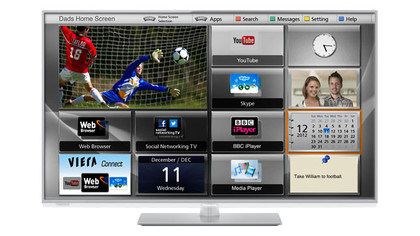
In fact, the good points outweigh the bad sufficiently strongly to leave the Panasonic TX-L42E6B's pictures looking excellent for the TV's money.
The Panasonic TX-L42E6B's image traits, size and price make it a potentially tantalising gaming monitor. So it's a relief to find it only suffering with around 37ms of input lag on average. This certainly isn't the lowest figure we've recorded, but it does fall beneath the critical 40ms level where we feel a TV could start to significantly reduce your gaming performance.
John has been writing about home entertainment technology for more than two decades - an especially impressive feat considering he still claims to only be 35 years old (yeah, right). In that time he’s reviewed hundreds if not thousands of TVs, projectors and speakers, and spent frankly far too long sitting by himself in a dark room.
